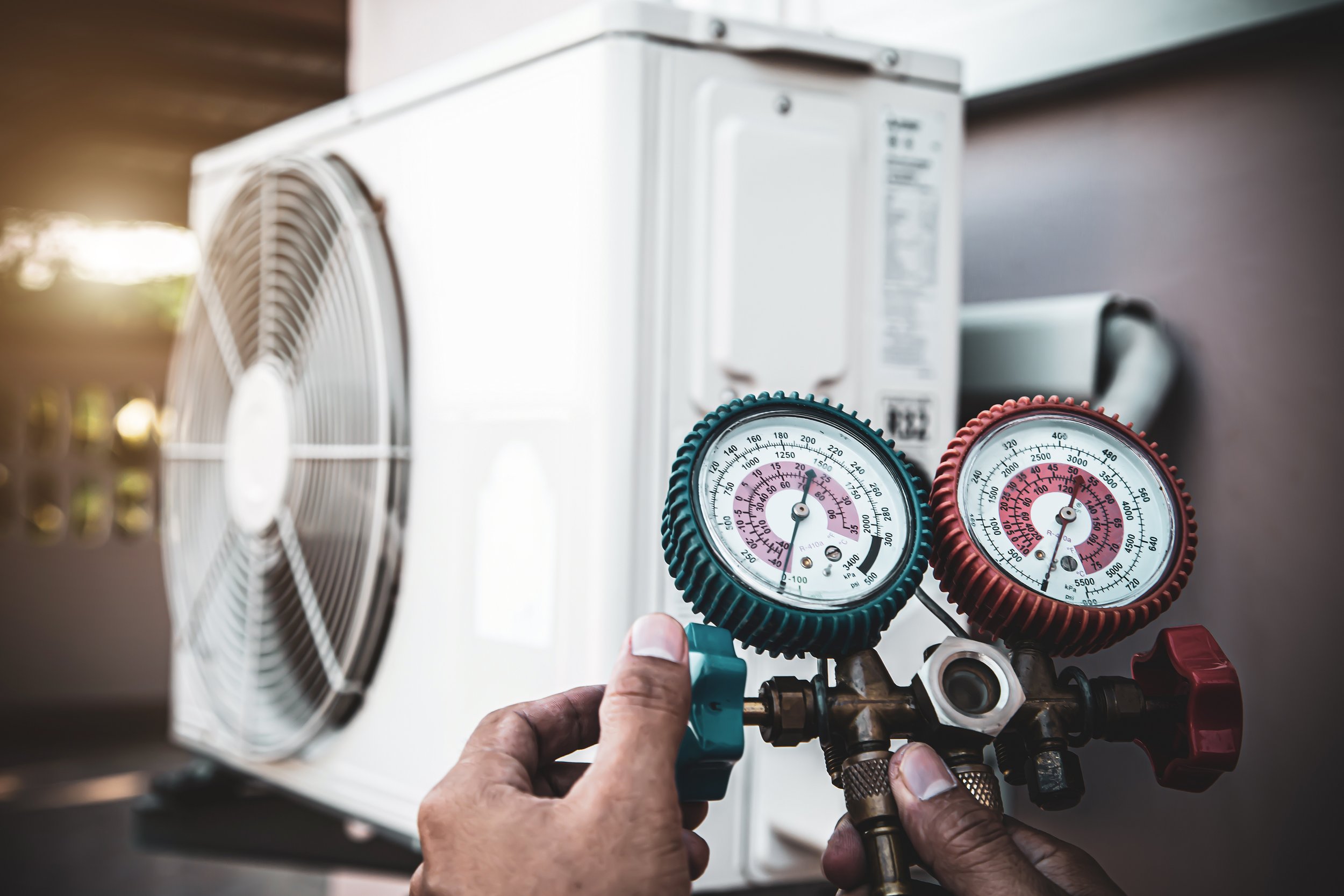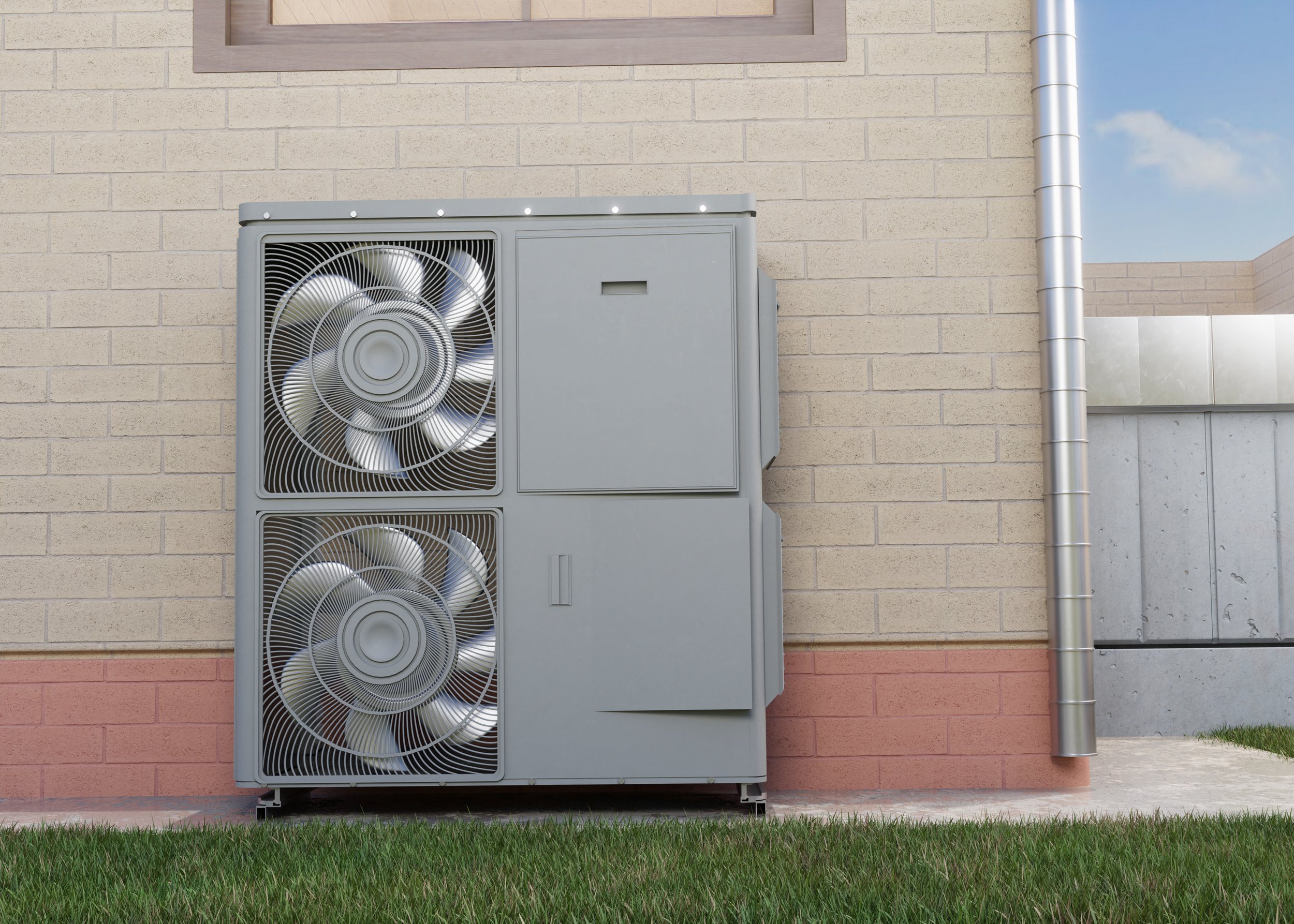Bridgend - Minewater SBRI Scheme
Background
The Caerau Heat Scheme in Bridgend, Wales is a highly innovative project that sought to provide low-carbon heat to properties in Caerau. The overall aim of the scheme was to demonstrate alternatives to fossil fuel heating that could reduce carbon emissions as part of a scalable approach to developing local supply chains for a low carbon economy. It also sought to address fuel poverty and health inequalities among residents by investing in upgrading homes.
The original proposal was to extract heat from water contained in a disused coal mine, and Bridgend Council obtained funding to carry out a series of feasibility studies. The studies found that the scheme might be technically feasible but practically challenging and costly to implement. The consortium of ICAX Ltd, Cambridge Energy, LSBU and BSRIA were among the successful applicants in an SBRI Affordable Heat Networks competition to explore innovative options for cost reduction and design flexibility.
Affordable Heat Networks
The project was based on creating a flexible heat pump product that could be integrated into Caerau but also function independent of the mine water network if this was cost optimal. This would allow properties in Caerau to have flexibility in phasing their transition from gas to low carbon heating using the mine water heat network as the preferred option, but without disruption of service for homes where the mine water network was not technically or economically feasible. The work was divided among the partners: heat pump product development (ICAX Ltd), local market investigation (Cambridge Energy), building performance and monitoring (BSRIA and LSBU), and grid optimisation modelling (LSBU).



Heat Pump Product Development (ICAX Ltd)
Heat pumps typically come in two types: air source heat pumps are lower in installed cost, while ground source heat pumps have higher performance. ICAX Ltd had previously collaborated with LSBU on the Home Energy 4 Tomorrow (HE4T) project, which created a field prototype dual source heat pump (DSHP) that could toggle between air and water heat sources. The DSHP is capable of using the mine water (or any other ground source) for heat, or switching to air source mode when the heat sink is depleted without any interruption in service to the end user. This arrangement delivers a similar performance to a ground source heat pump, but with around half the ground heat exchange area. This dramatically decreases the cost of the unit, meaning that it can deliver the performance of a ground source heat pump at a lower cost.
For this project, the Dual Source Heat Pump field prototype was refined into a commercial product that could be deployed in Bridgend County Borough or any home across the UK. The work consists of refining the controls, assembly, and appearance of the heat pump, testing it in LSBU laboratories, having it certified in BSRIA’s test centre, and deploying it to a pilot home in Bridgend. Additionally, an air source heat pump is being installed in a similar home for comparison. Both heat pumps will be monitored in situ for one year.
Project Partners
Local Market Investigation
(Cambridge Energy)
Cambridge Energy carried out semi-structured interviews with heating installers located less than 40 miles from Caerau in South Wales. They asked them what experience they had installing heat pumps, whether they were prepared to go through training, what electrical qualifications they had, and how much they charged. They also asked them if they would be confident in helping to install heat pumps in Caerau.
The majority of installers said they had prior experience of installing heat pumps in homes. One of the installers had already installed a heat pump using mine-water as the heat source. All of those with prior experience installing heat pumps said they would potentially be interested in helping to install heat pumps at Caerau, and they were confident they could assist. Those with no experience installing heat pumps did not express interest nor were they prepared to undertake training to acquire skills in heat pumps.
The research is also engaging the homeowners in both of the demonstration homes in order to explore satisfaction with comfort, homeowner engagement and preferences with the low carbon heating systems.
Building Performance and Monitoring (BSRIA and LSBU)
Heat pumps have a higher performance at lower operating temperatures. In some cases, swapping gas boilers for heat pumps may lead to the requirement of fabric and heat emitter upgrades to compensate for lower temperatures from the heat source. The researchers conducted a parametric modelling exercise exploring the conditions under which reduced distribution temperatures could still deliver comfortable conditions on a peak cold winter event.
The broad finding of this modelling study is that many rooms would be sufficiently comfortable even with cooler radiators by extending operating hours. Often adding a small amount of wall insulation (10mm) allows a further reduced distribution temperature (cooler radiators) and increased heat pump performance without sacrificing comfort. A deep retrofit (125mm wall insulation) allows considerable flexibility with both heating system timing and distribution temperatures without sacrificing comfort.
However, in almost all cases, there were cold rooms that required additional measures. This was true even in the baseline case, with a gas boiler and 70°C radiators. Many people have at least one cold room in their house despite gas central heating. This means that the low carbon heat transition in Caerau (as with much of the UK) is an opportunity to address longstanding fuel poverty issues and the associated comfort and health challenges. There is also a high likelihood of comfort takeback following the installation of any measures, which must be considered in forecasting the demand for low carbon heat.
Given the variability of the results within a single home, the most effective path to getting low carbon heat will vary by home, and even from room to room within the home. This study suggests that where site constraints limit what is practically possible, a room-by-room approach can offer cost reductions by finding the optimal path to comfortable low-carbon heat within an individual home.
BSRIA is carrying out detailed onsite monitoring of the demonstration homes to test and validate these modelling predictions and also feedback these results into the design of both the heat pumps themselves, and the cost optimal combination of retrofit measures to best enable the heat pumps to perform as effectively as possible for these types of homes.
Grid optimisation modelling (LSBU)
Electrification of heating is desirable for sustainability reasons (since, ultimately, carbon emissions will be lower, and urban air quality will improve), but potentially problematic for the electricity grid which is already under great demand. Ideally, increased electrification of previously fossil fuelled technologies will occur without having to expand the grid due to resource and time constraints. Avoiding the expansion of the grid requires reduced energy demand which, in the case of home heating, is achieved through retrofit to improve energy/ thermal efficiency.
This research is developing a digital grid twin in Matlab to investigate the behaviour of the electricity grid and real time operation of the network operator. The digital twin grid provides an indication of the overall impact on electrical demand through the day, should all Caerau dwellings be converted to electric heating. Understanding the effect on the grid, allows for planning to alleviate pressures posed by the electrification of heat in Caerau.




